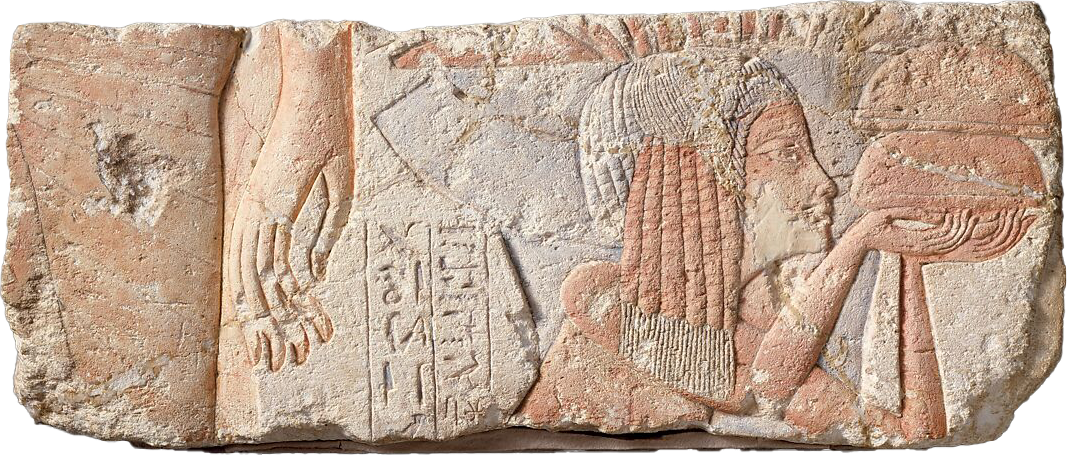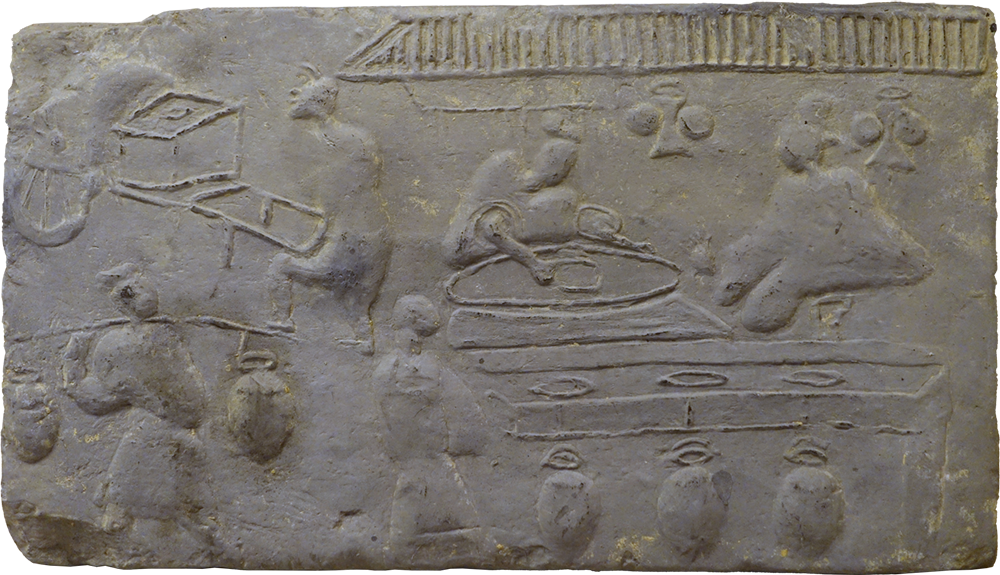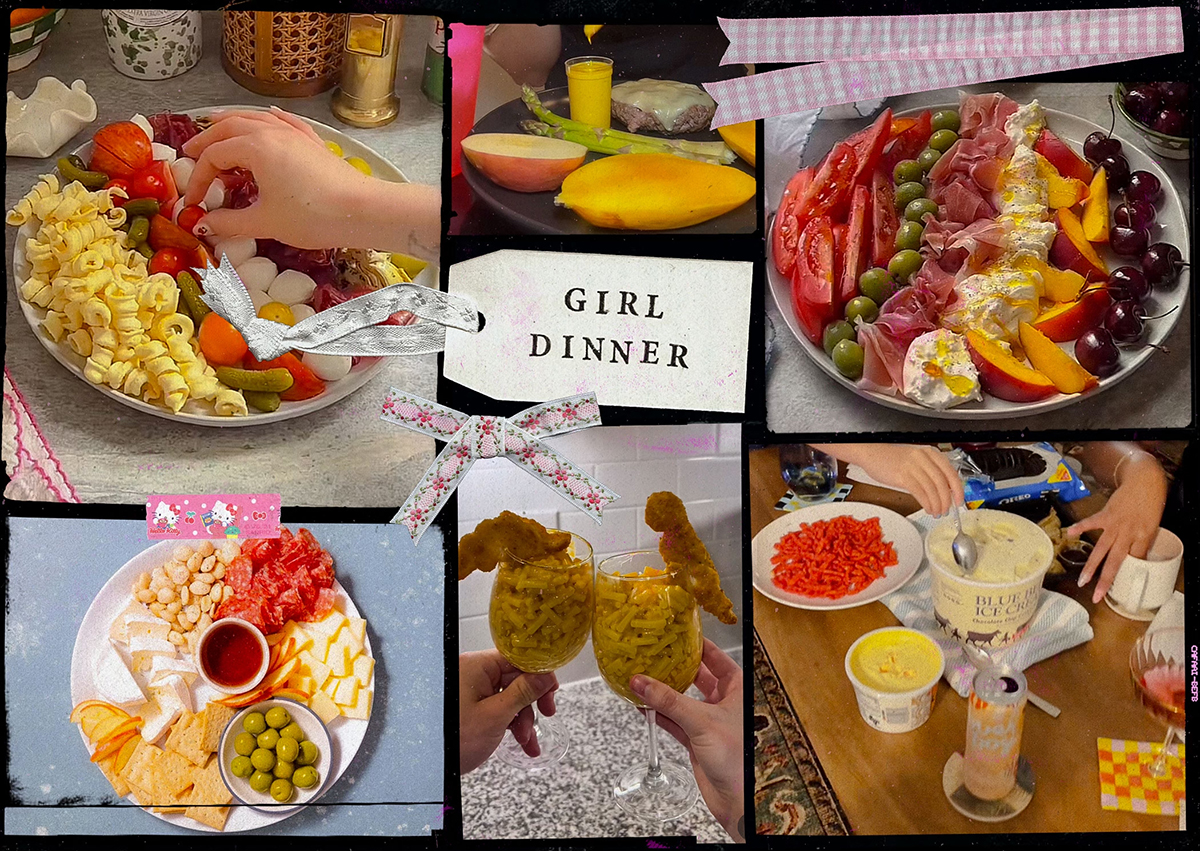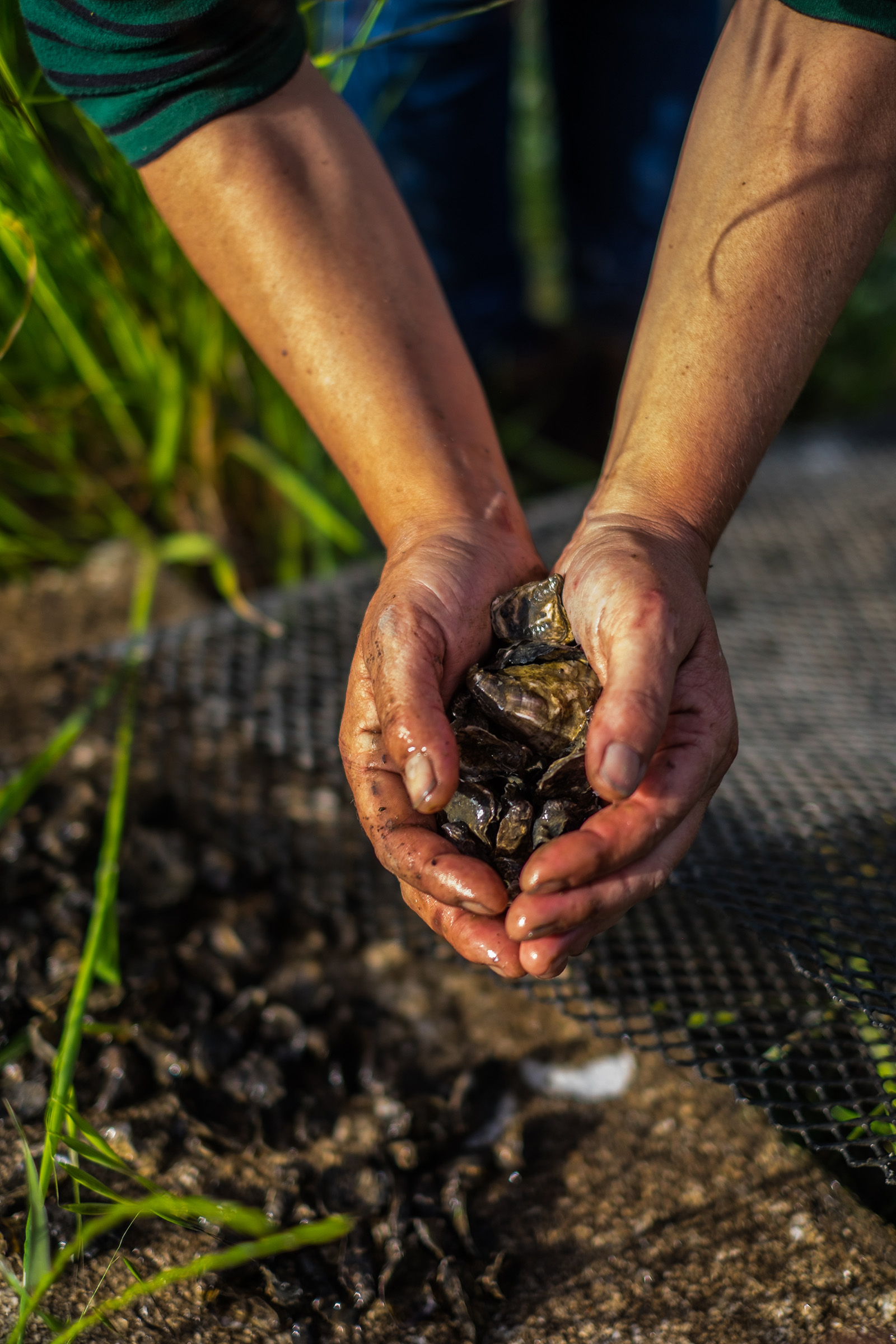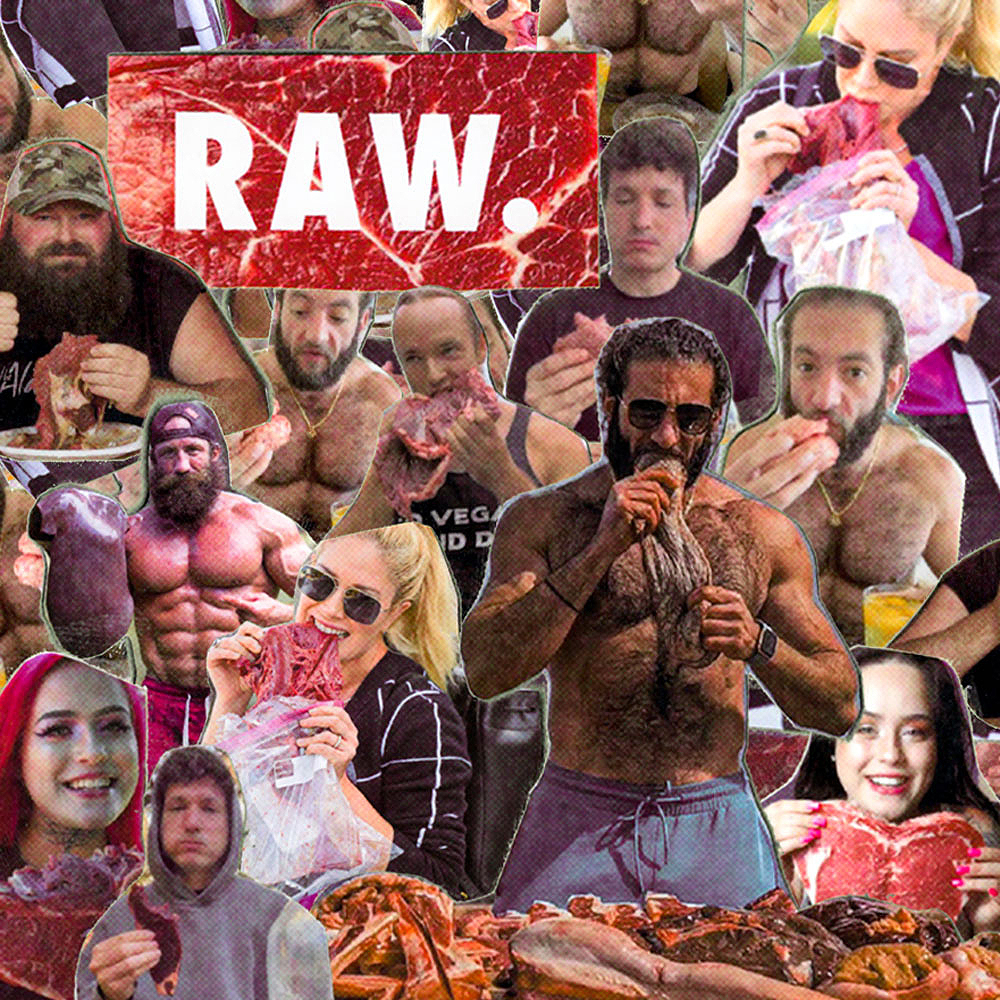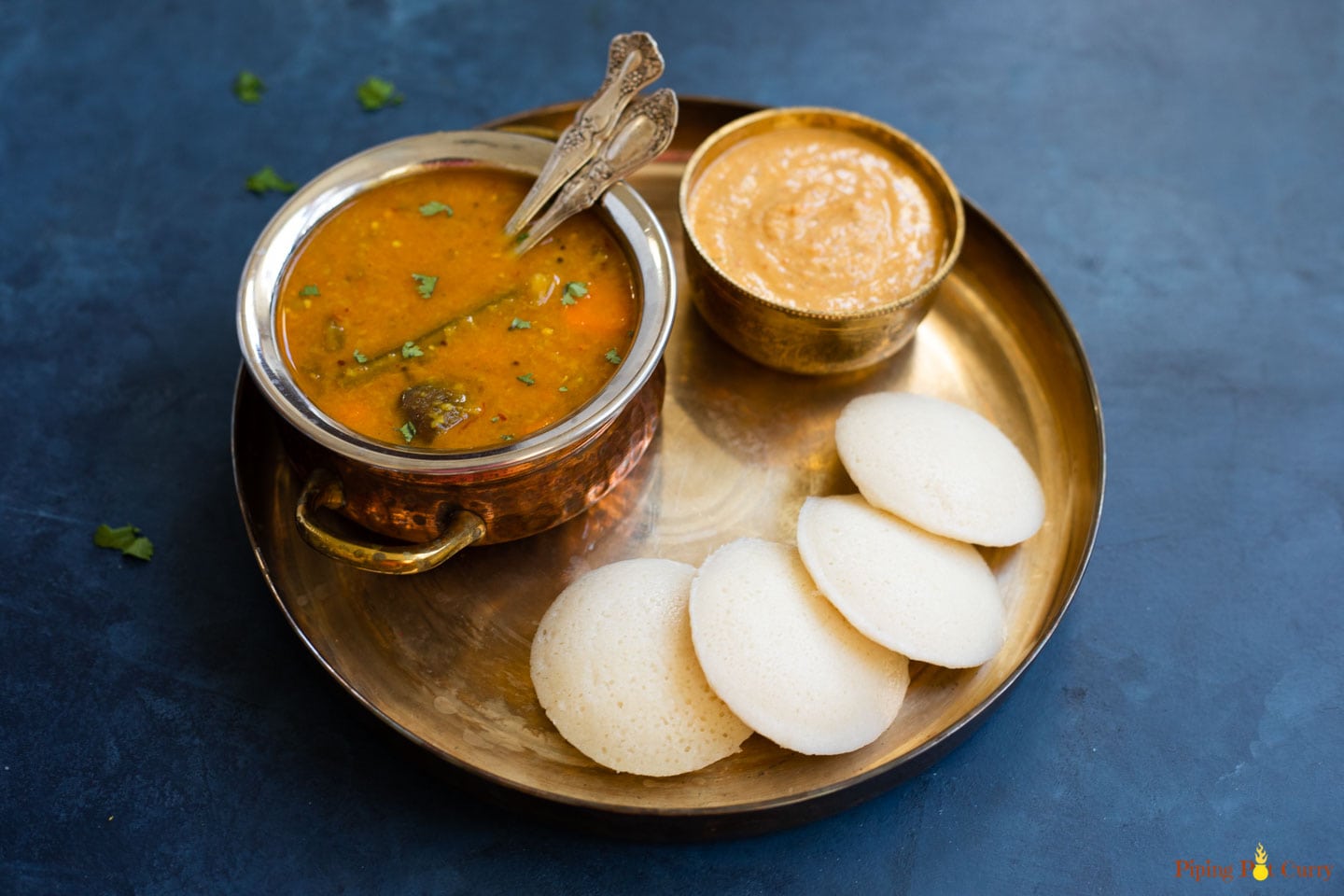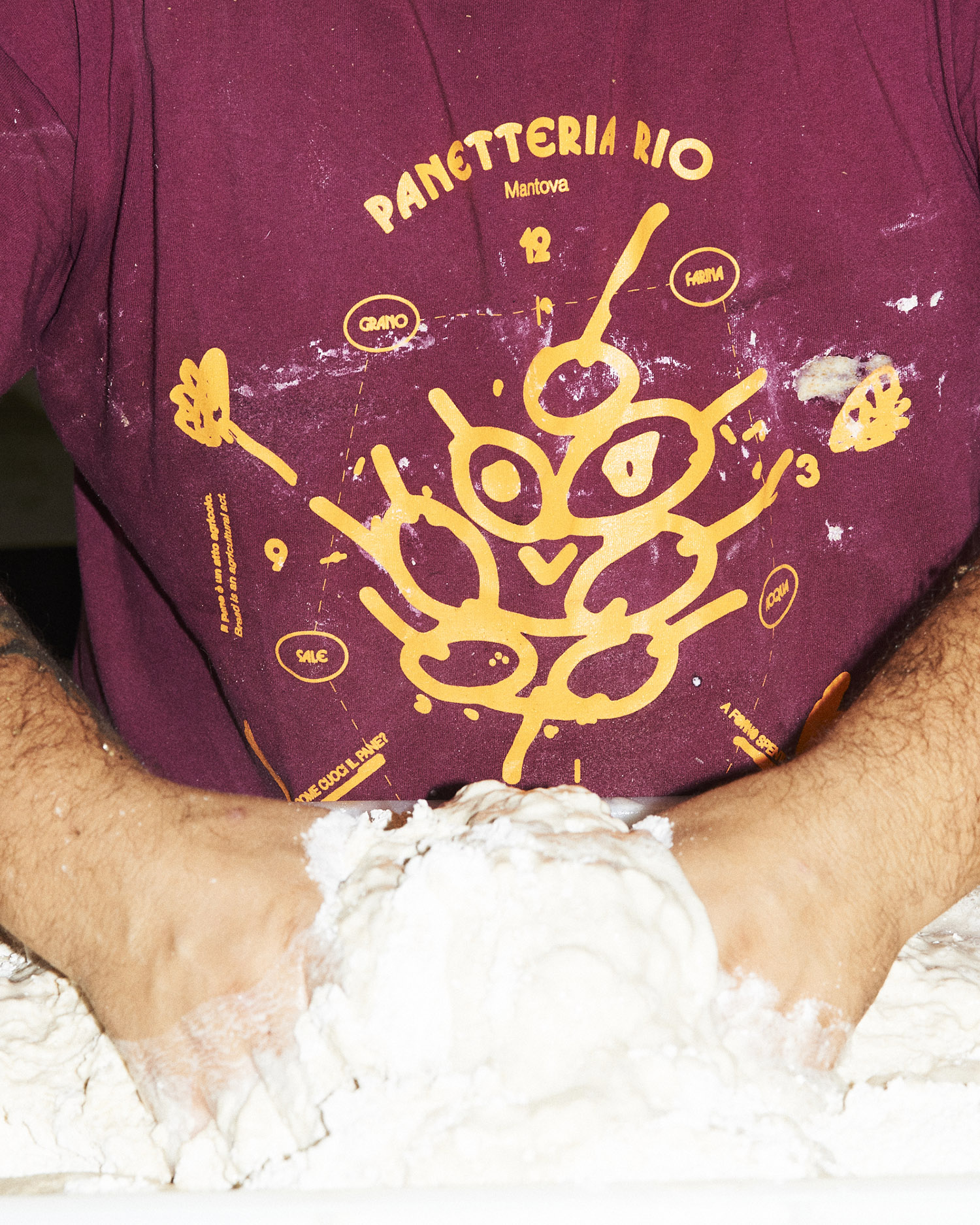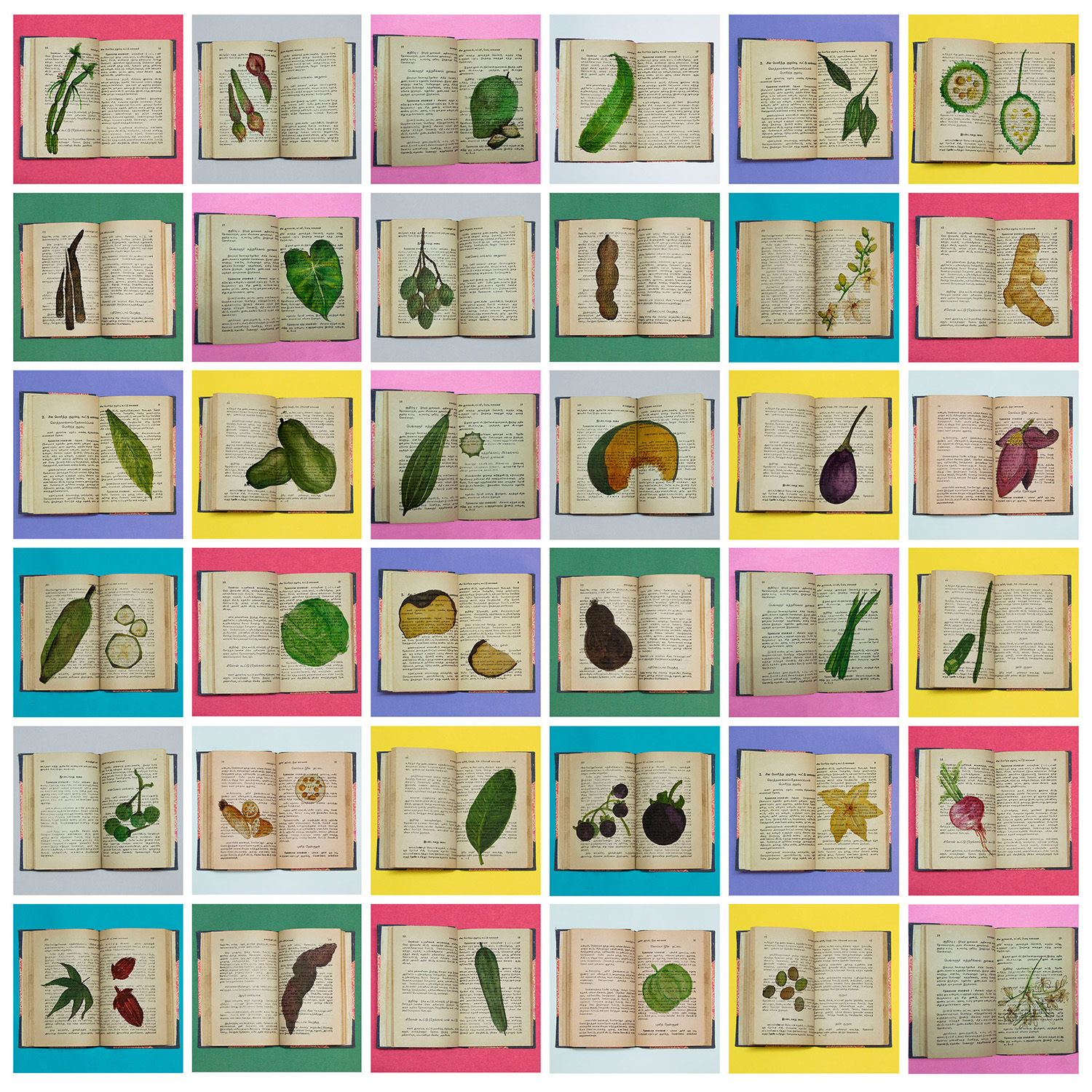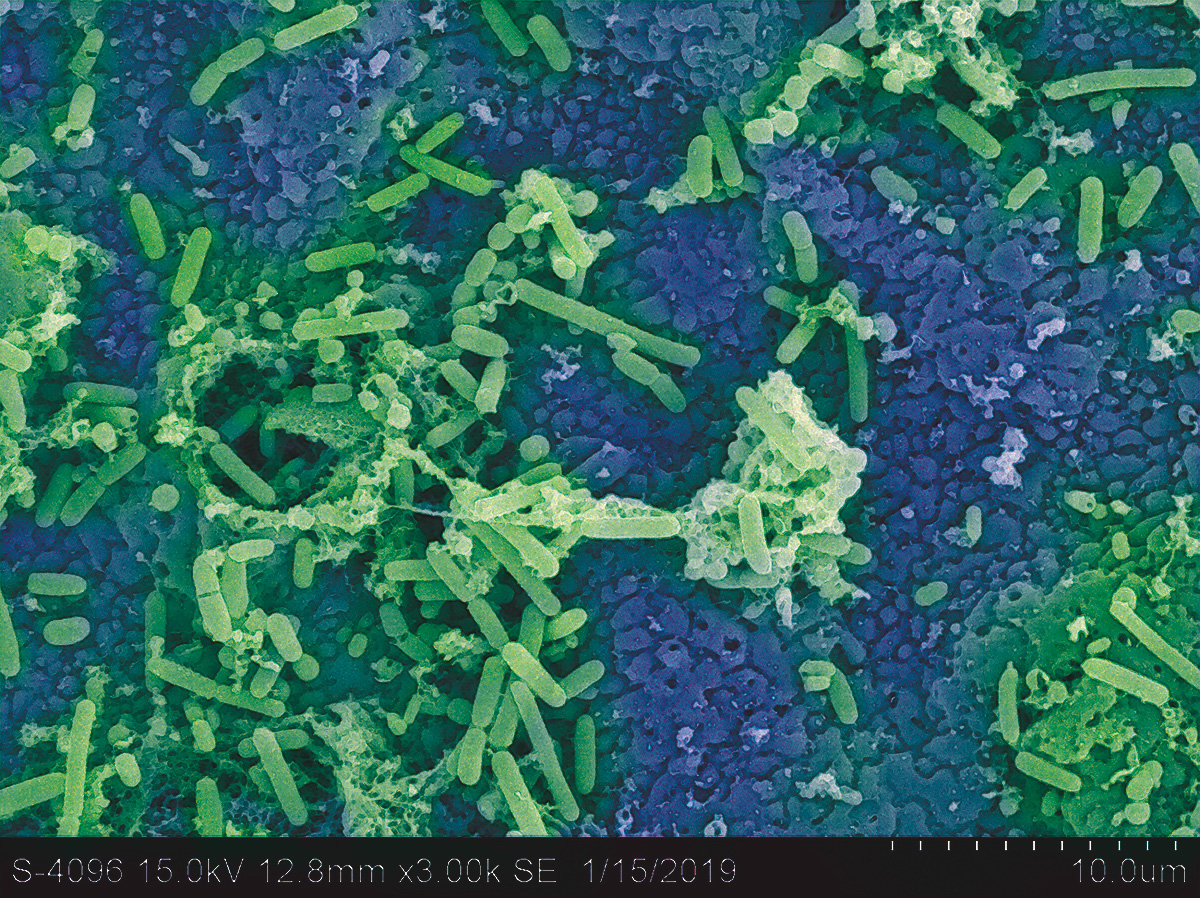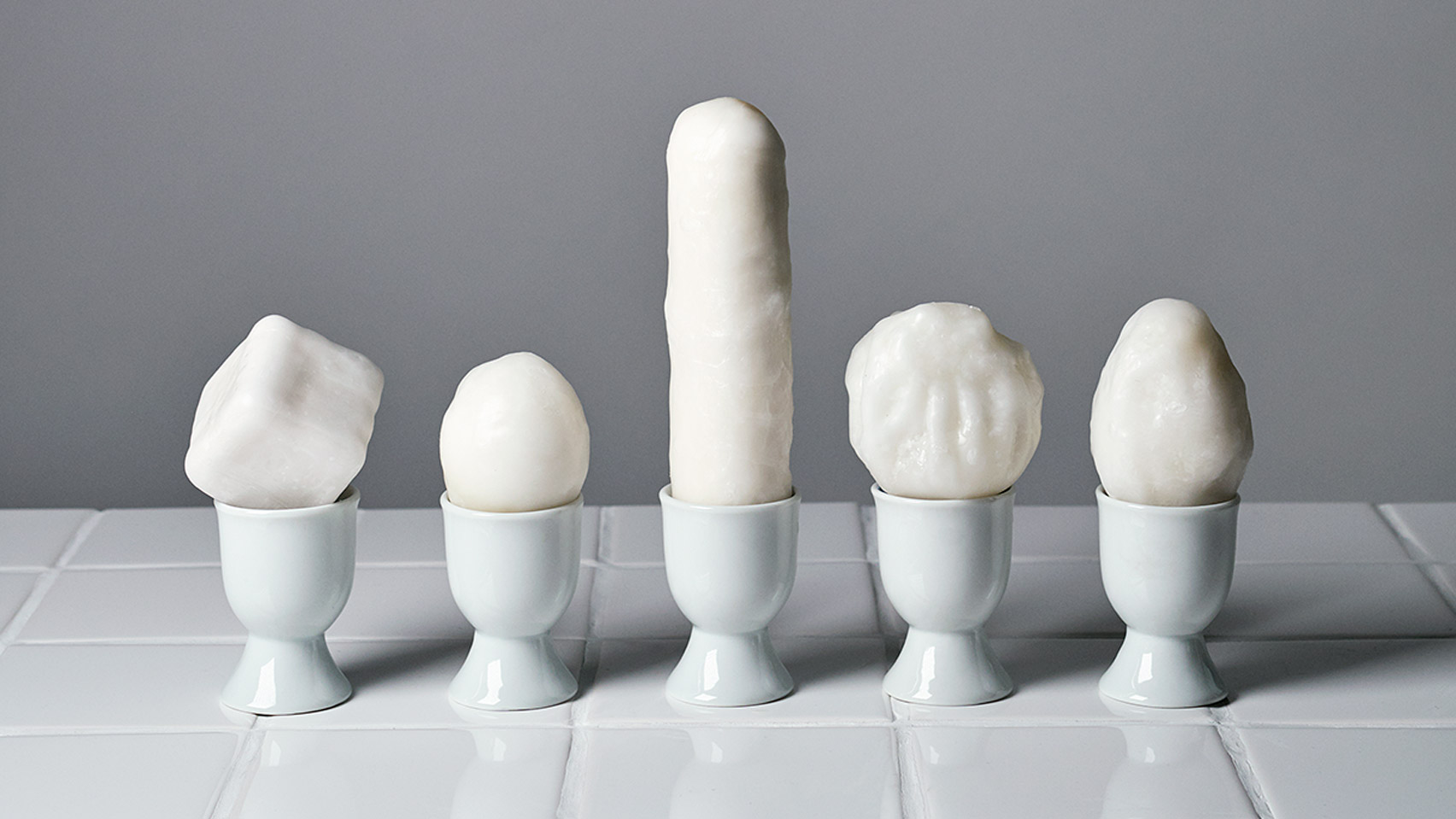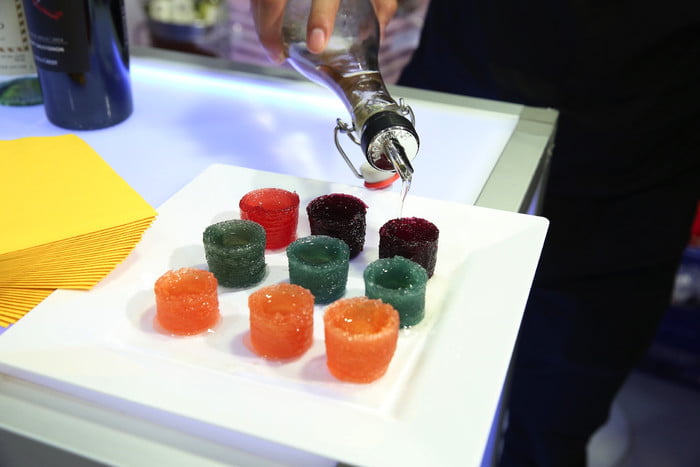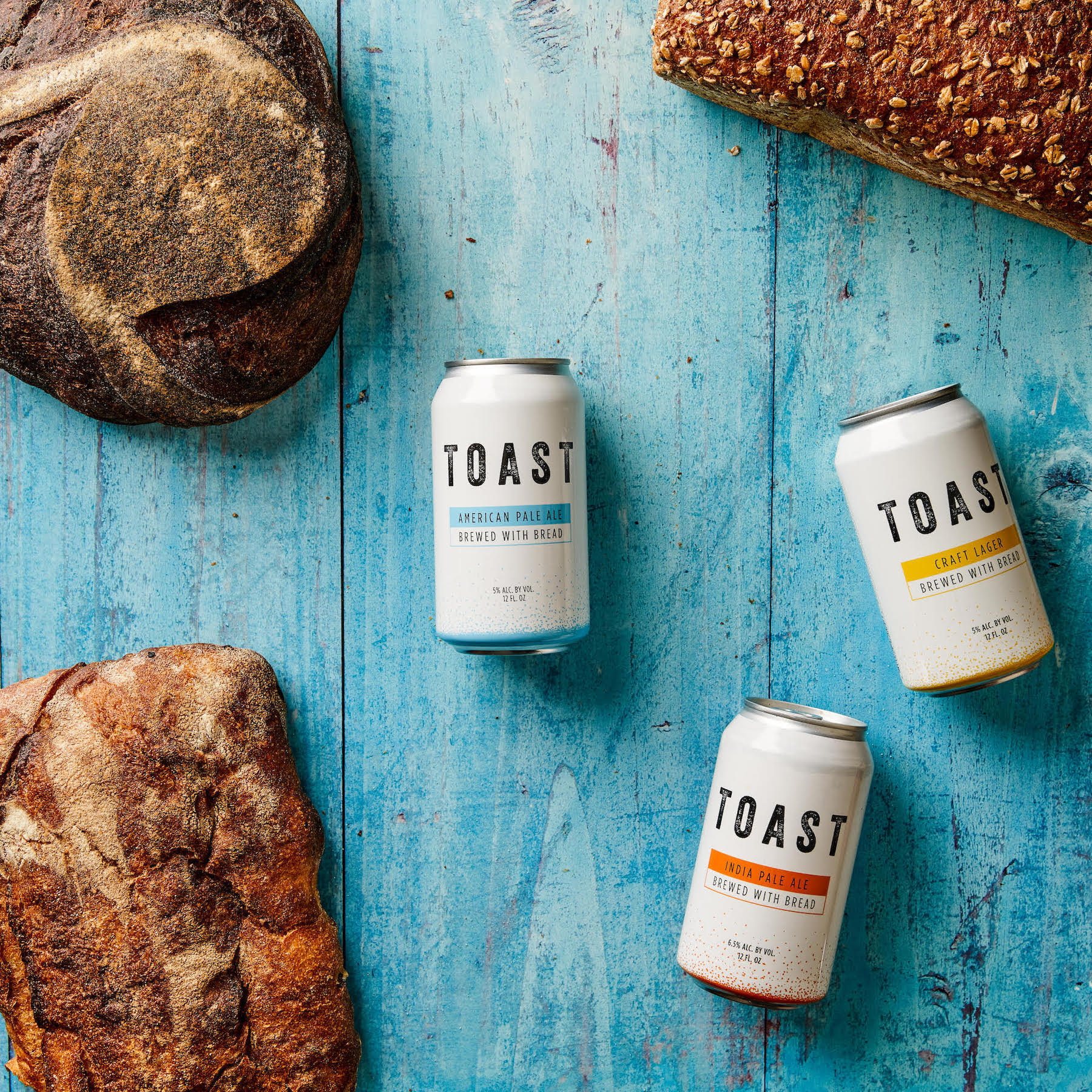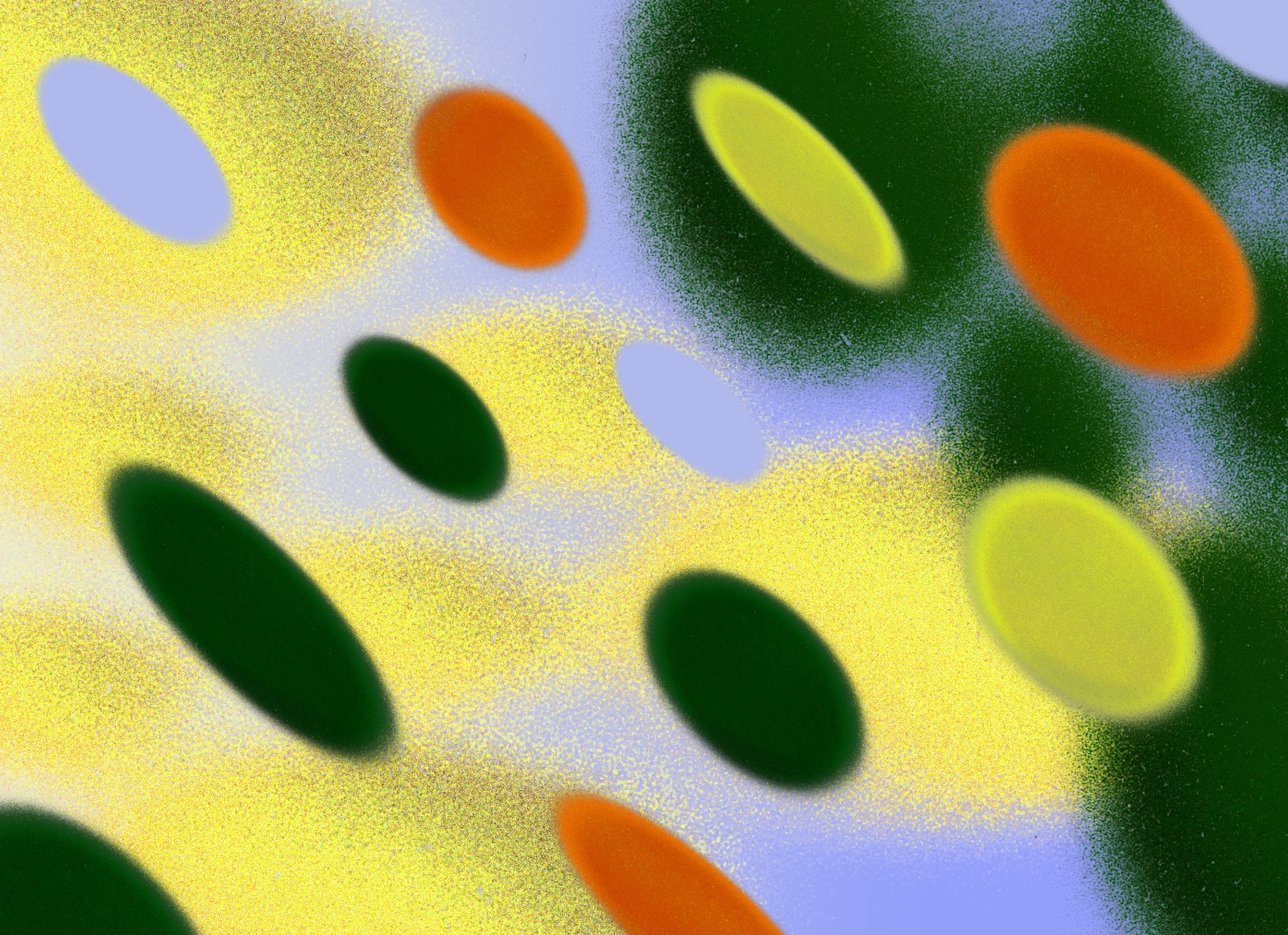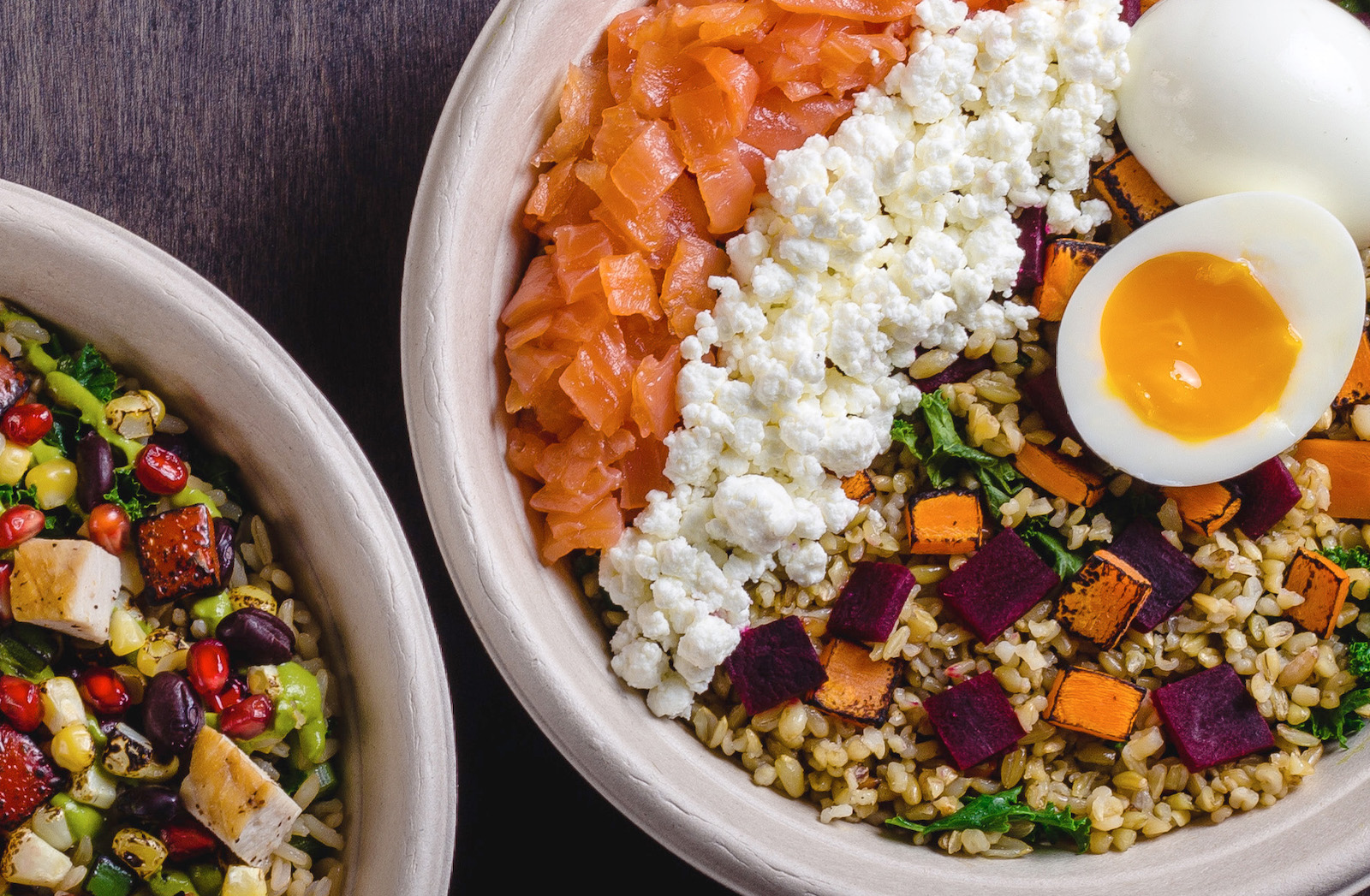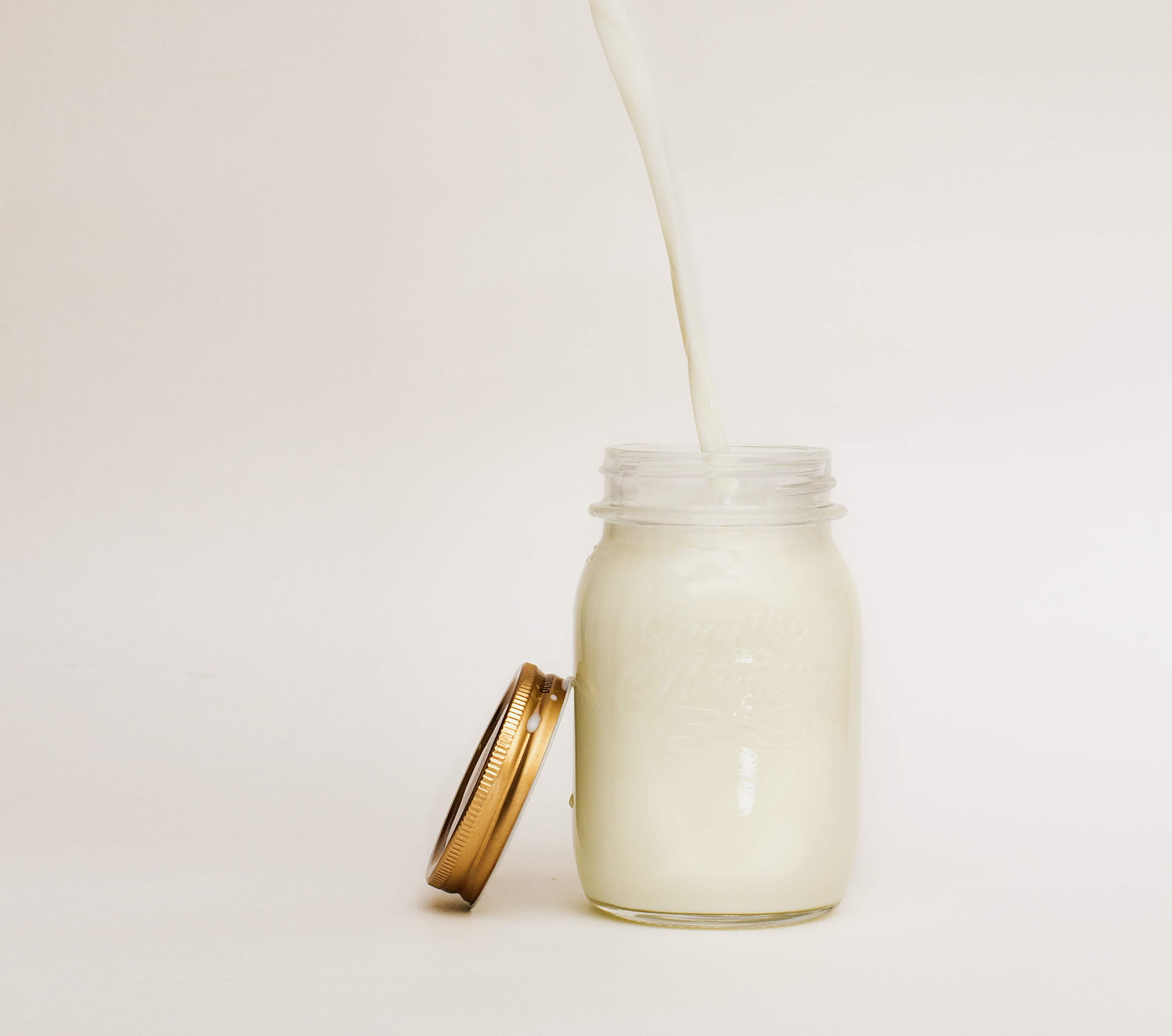While the global pandemic has made starkly visible many of the gaping problems of large global supply chains, it is hard to think of a more hauntingly vivid example than that of food waste in United States food production. Millions of pounds of food have been destroyed, millions of animals “depopulated” (killed) without being processed, as access to food across the nation has become increasingly unreliable for those still stuck at home with no clear end to pandemic conditions in sight.
Long before the pandemic started, a third of the global food supply has been wasted—left unprocessed, lost, or simply not eaten. Beyond the ethics of food waste when so many people around the world still struggle to find secure access to food, the production of this uneaten food makes up a whopping 8% of annual greenhouse gas emissions. It was with these disturbing figures in mind that designer and strategist Sophia Rowland set out to reimagine how consumers think about food with her product system Pairish.

“People’s perception of food is so different and so unique,” says Rowland, “So if you’re able to get people to create their own journey and craft their own experience then you eliminate how they are becoming resistant.” In setting out to design a system that might change people’s behaviors and feelings about food waste, Pairish helps users imagine new opportunities of food that might otherwise be wasted. By scanning food items upon purchase into the Pairish interface, the system will offer opportunities to use the excess leftovers from that item. In Rowland’s concept, the ingredients can be repackaged into smoothie or pickling mixes, labelled and dated so that the user can keep track of when and how the extra food can be used.


Through this personalized recipe system Pairish ends up creating a deliberately stylish and modern system that can help many consumers who may know nothing about reusing excess food parts to quickly gain a footing in more ecological food use practices. In changing individual practice, the system aims to stir changes in industry practices, “If you are able to impact what people desire, then you’re able to work backwards and change the supply chain.” says Rowland. By designing the way food waste is packaged, or rather repackaged, the consumer can visualize a different, more accessible future for what might have otherwise been prematurely disposed of.

This sort of mindfulness around the food we keep hardly needs to be argued for in a time when so many are stuck at home and access widely restricted to the restaurants and even markets that have for so long been taken for granted. As the coronavirus pandemic has dramatically changed the way people around the world are thinking about where they get their food from, and how they get it, Pairish’s refiguring of the personal home cooking experience is a timely application of design and a well-deserved winner of this year’s Core77 Design Award for Packaging Design in the Student category. “It definitely lends itself to the idea of wanting to go back to a little bit of a simpler way of doing things, where it is all at the kitchen counter. It’s all really accessible. It just lives in your fridge essentially.” says Rowland of how Pairish might be contextualized in this pandemic.


The harsh reality of food waste in American food production are being seen in such grim and broadly horrible ways in this pandemic, yet to look at a design system like Pairish, we can see an entirely different dimension of food waste that is far more ecological than how it is understood today. “Seeing waste as a new opportunity—a new material, not necessarily thinking of it as waste but thinking of it as something far more precious.” Says Rowland, “we’re so excited to see this plate in front of us, but what about what happens after?”
